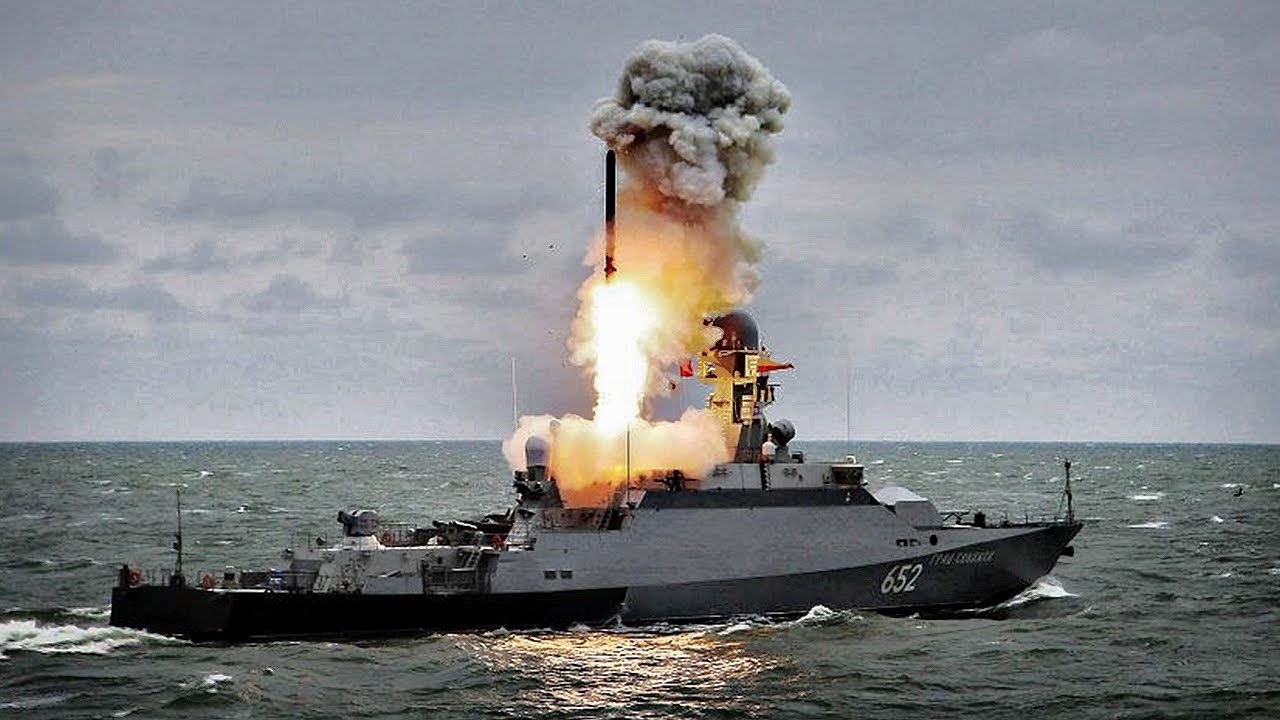Blinken Lays Out Ukraine Peace Deal Requirements – US Secretary of State Antony Blinken said on Friday that there will be no peace negotiations between Russia and Ukraine until Kyiv is in a more dominant position.
Blinken also said the war can only end when Ukraine’s sovereignty can be guaranteed.
In a speech in Finland, a neighbor of Russia that recently joined NATO, Mr. Blinken said “a cease-fire that simply freezes current lines in place” would allow Russian President Vladimir Putin “to consolidate control over the territory he has seized, and rest, rearm, and re-attack — that is not a just and lasting peace.”
Blinken added that Russia must pay for reconstruction in Ukraine when the war ends.
Meanwhile, Ukrainian President Volodymyr Zelensky spoke about the long-awaited counteroffensive, but it remains unclear when this will officially begin. Speaking to reporters this week, Zelenskyy said that the war is “not a movie” and that it’s “hard to say” when the counteroffensive would begin.
“The main point here is for Russia to see it. And not just see but feel it. Especially, we speak about the troops that have occupied our territories. De-occupation of our territories – this is the result of our counteroffensive. When you see this, you’ll understand that it has started.”
What Russia Expects
Russia has already laid out its conditions for peace. The Kremlin’s demands include “neutrality” from Ukraine, meaning that it cannot join NATO or the European Union. It also insists that Ukraine does not develop or possess nuclear arms and that shipments of weapons from the West come to an end.
Deputy Foreign Minister Mikhail Galuzin said that the chances of a successful peace deal “depend on how quickly Kyiv and the West realize that the recipe for a peaceful future for Ukraine lies in a return to the origins of its statehood recorded in the 1990 Declaration on State Sovereignty, which provides for a neutral, non-bloc status of Ukraine with respect for the rights of the Russian population of the country and its national minorities.”
Zelenskyy Thinks Differently
President Zelenskyy has already laid out his own 10-point peace proposal to President Biden. The Ukrainian president’s view contrasts harshly with Russia, insisting that security must be restored at the Zaporizhzhia power plant, which has been under Russian control since the early days of the conflict.
Kyiv has also demanded greater protection for Ukraine’s grain exports, energy security, environmental protection, and the release of all Ukrainian prisoners sent to Russia during the conflict. The President furthermore demands his nation’s borders and territorial integrity be guaranteed, and the establishment of a tribunal to investigate and punish Russian war crimes.
Finally, Zelensky is of course seeking the withdrawal of Russian troops and a document, signed by both parties, guaranteeing the cessation of the conflict.
Jack Buckby is 19FortyFive’s Breaking News Editor. He is a British author, counter-extremism researcher, and journalist based in New York. Reporting on the U.K., Europe, and the U.S., he works to analyze and understand left-wing and right-wing radicalization, and reports on Western governments’ approaches to the pressing issues of today. His books and research papers explore these themes and propose pragmatic solutions to our increasingly polarized society.
You May Like
How To Sink A $3 Billion Dollar Submarine: Leave A Hatch Open
Smashed To Pieces: Video Shows Ukraine Hitting Russian Air Defenses

